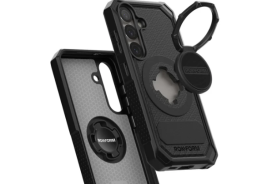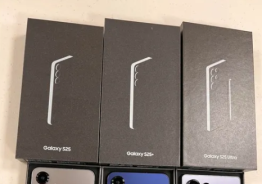HTC One has easily been one of the highly rumored smartphones of the year until it was made official by the company only recently. While the device boasts some impressive specs, like the UltraPixel camera, the smartphone is not only limited to that.
The HTC One, when it hits the shelves, will also boast a certain microphone technology called dual-membrane microphones. While this new tech may seem new to most, given the fancy name, it may not be something of a surprise for a certain mass of crowd, especially the ones already familiar with Nokia Lumia 920's advanced microphone technology.
The technology employs a trio of microphones called Rich Recording, alongside individual microphones that could perfectly sample a wider range of sound volumes, touted as High Amplitude Audio Capture.
As far as the HTC One on concerned, the device will be featuring dual-membrane microphones, with one surface developed for cleanly recording high volume signals, alongside a second larger one to deliver better sensitivity when it's actually much quieter.
"It's the concert of the year, easily the best seat in the house, and you pull out your smartphone to create the perfect live video of your favorite song. When you try to share the video later the harsh reality sets in; the sound is completely distorted and you can't share this video with anyone," HTC states.
"Or, perhaps you're at the back of the classroom, trying to record the professor's final lecture before the big test, only to find the recording produced a lot of 'hiss' and an unintelligible voice from the front of the room."
The company states the current generation smartphones are built using a "single-membrane" microphone that helps to determine the overall recording limits. These microphones focuses on both high sensitivity, impacting the sound quality at very low volumes, and increased capability to capture high audio levels, which impacts recordings at high volume.
However, the single membrane approach means high volume audio cannot be captured clearly, or may not be captured at all, as the audio system will shut down the microphone when the pressure level gets to a higher level.
"With the introduction of BoomSound in the new HTC One, we solve this challenge by delivering two dual-membrane MEMS microphones to record audio. Why does this matter? With this design, each membrane serves a specific purpose, one focused on high-sensitivity while the other is focused on high sound pressure," the report adds.
It is now left to be seen as to how the technology will eventually turn out once it has been made public.
© Copyright 2025 Mobile & Apps, All rights reserved. Do not reproduce without permission.












